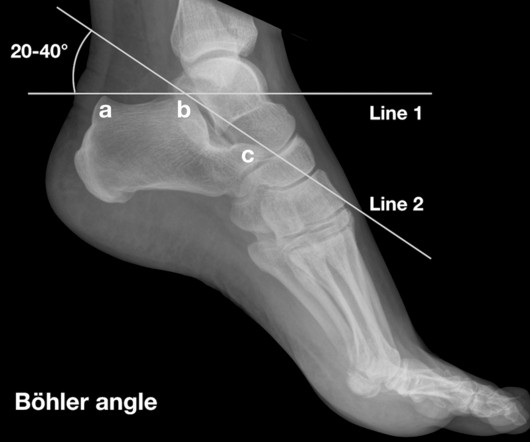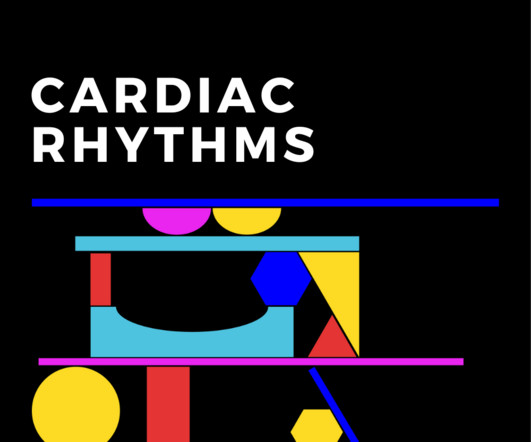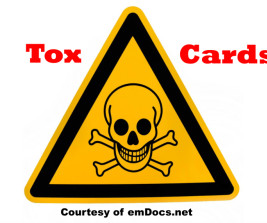ToxCard: Smallpox
EMDocs
JULY 26, 2023
Authors: Whitney Ficker, MD (Pediatric Emergency Medicine Fellow, Atrium Health’s Carolinas Medical Center); Christine Murphy, MD (Emergency Medicine Attending, Medical Toxicologist, Atrium Health’s Carolinas Medical Center) // Reviewed by: James Dazhe Cao, MD (@JamesCaoMD, Associate Professor of EM, Medical Toxicology, UT Southwestern Medical Center, Dallas, TX); Alex Koyfman, MD (@EMHighAK); Brit Long, MD (@long_brit) Case: A 13-month-old male presents to the Emergency Department (ED) with his













Let's personalize your content